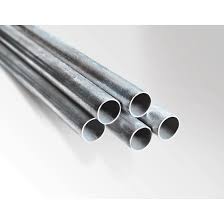EMT Pipe (10 LF, Sizes 1/2" to 4")
Regular price
$0.00
Sale price
$0.00
Regular price
Unit price
Please request a quote for pricing information.

EMT Pipe (10 LF, Sizes 1/2" to 4")
Product description
Shipping & Return
Shipping cost is based on weight. Just add products to your cart and use the Shipping Calculator to see the shipping price.
We want you to be 100% satisfied with your purchase. Items can be returned or exchanged within 30 days of delivery.

